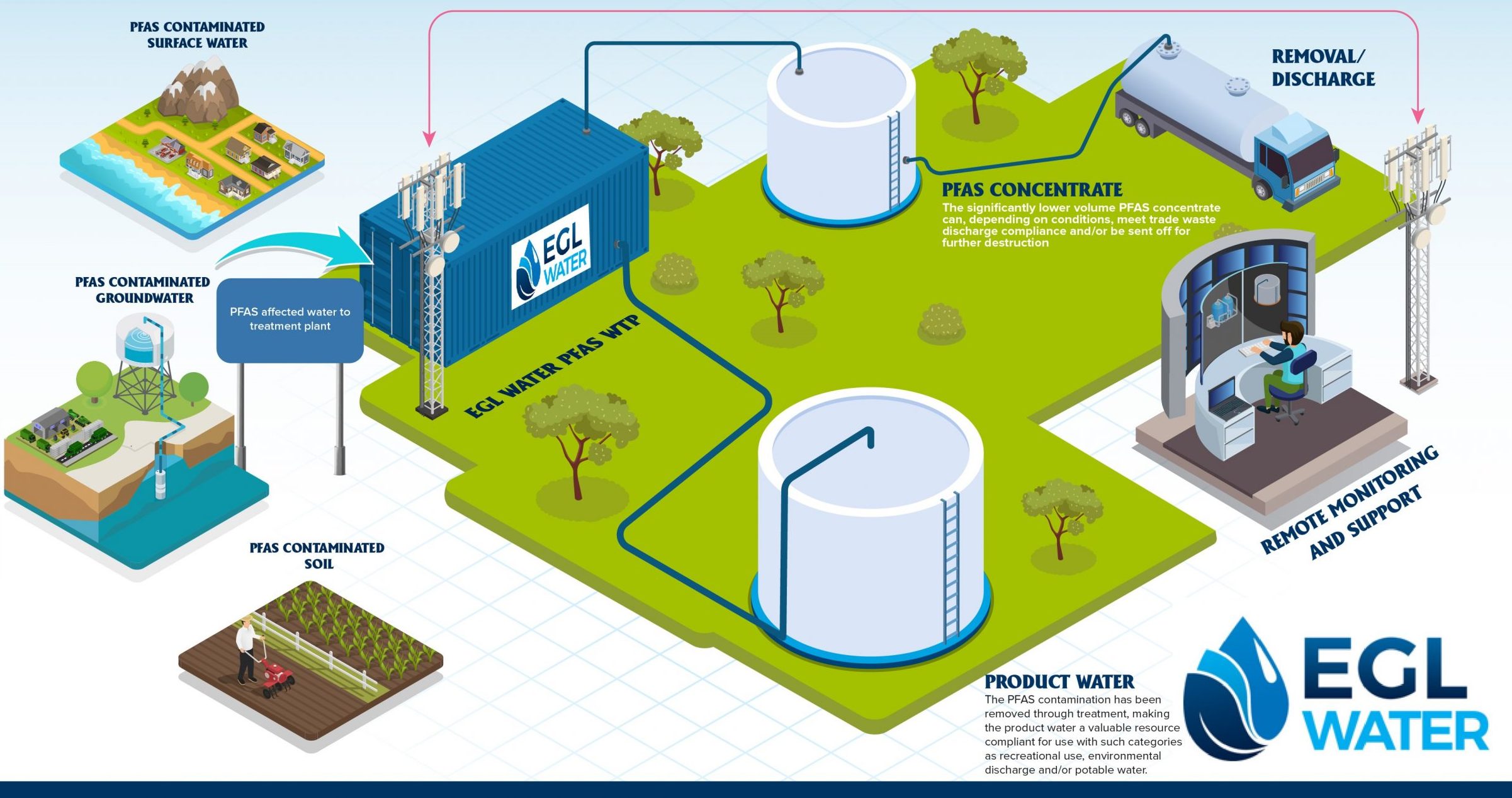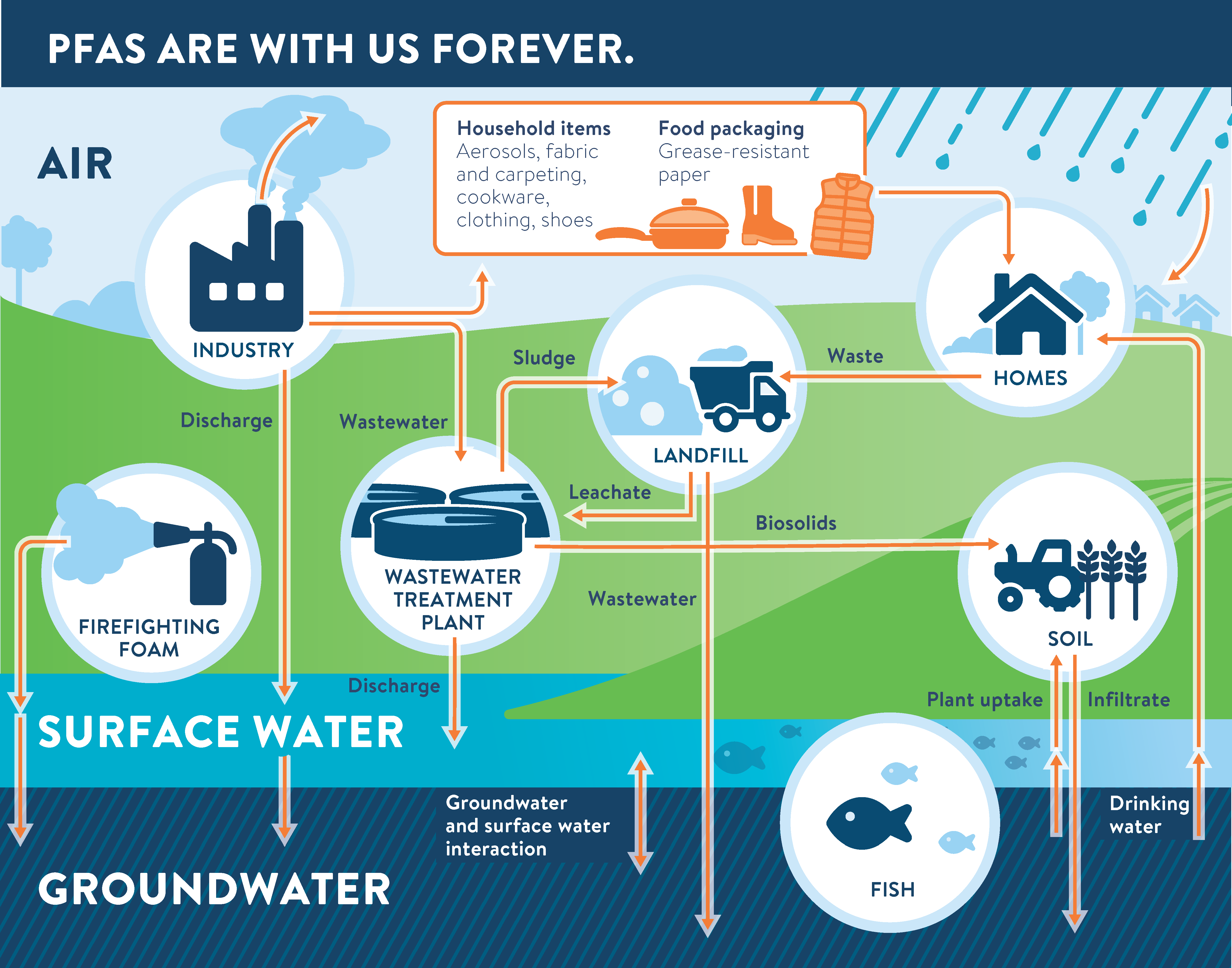M270 Waste Management: An Innovative Solution for Managing Harmful Waste
M270 Waste Management: An Innovative Solution for Managing Harmful Waste
Blog Article
Your Guide to PFAS Treatment Technologies and Perks
The occurrence of PFAS contamination in water resources demands a complete understanding of available therapy technologies. Each modern technology not only targets particular PFAS compounds however additionally plays a vital role in boosting general water top quality and safeguarding environmental honesty.
Recognizing PFAS Contamination
Recognizing PFAS contamination is essential for resolving its prevalent impact on environmental and human health (m270 pfas treatment). Per- and polyfluoroalkyl materials (PFAS) are a team of artificial chemicals commonly utilized in numerous commercial and consumer products due to their water- and grease-resistant properties. Frequently discovered in firefighting foams, non-stick cooking equipment, and water-repellent materials, PFAS have actually entered the setting via production processes, wastewater discharges, and seeping from landfills
When launched, these substances linger in the setting, bring about widespread contamination of soil and water sources. Their one-of-a-kind chemical framework, identified by strong carbon-fluorine bonds, provides them resistant to destruction, causing a phenomenon called "forever chemicals." Consequently, PFAS can accumulate in the human body and the food web, potentially creating adverse health results, consisting of body immune system interruption, developing problems, and an enhanced danger of certain cancers.
Regulatory agencies and health organizations are increasingly acknowledging the significance of PFAS contamination, triggering initiatives to keep an eye on, examine, and mitigate its results. Recognizing the paths of PFAS contamination is crucial for informing public law and establishing efficient strategies to secure both environmental and human health.
Review of Treatment Technologies
Various treatment innovations have actually been established to address the challenges postured by PFAS contamination in water and dirt. These modern technologies can be extensively classified right into numerous classifications, each with its unique mechanisms and effectiveness in getting rid of PFAS substances.
One noticeable strategy is ion exchange, which utilizes resin products to capture and remove PFAS from contaminated water. This method is specifically reliable for short-chain PFAS and can attain substantial reductions in focus degrees. One more modern technology, progressed oxidation processes (AOPs), uses solid oxidants and ultraviolet light to damage down PFAS into less unsafe materials. AOPs are appropriate for treating a variety of PFAS compounds yet may call for careful optimization to optimize efficiency.

Triggered Carbon Purification
Activated carbon purification is a commonly utilized technique for the elimination of PFAS from polluted water, understood for its ability to adsorb a broad range of organic compounds. This innovation uses turned on carbon, an extremely porous product with a substantial surface, which promotes the binding of PFAS particles with physical adsorption. The efficiency of activated carbon in getting rid of PFAS is influenced by a number of elements, including the type of carbon used, the call time, and the focus of PFAS in the water.
One of the benefits of turned on carbon filtration is its adaptability; it can be carried out in various configurations, such as granular triggered carbon (GAC) systems or powdered turned on carbon (SPECIAL-INTEREST GROUP) systems. GAC systems are usually employed in larger-scale applications, while PAC can be used in smaller or temporary arrangements. Furthermore, the modern technology is relatively very easy to operate and maintain, making it accessible for many water treatment centers.

Ion Exchange Solution
Ion exchange systems stand for another effective method for the elimination of PFAS from infected water, enhancing techniques like triggered carbon purification. These systems operate on the principle of trading ions in the water with ions hung on a resin product. Ion exchange materials can be specifically formulated to target the adversely billed PFAS substances, successfully capturing them and permitting cleaner water to travel through.
One of the key advantages of ion exchange systems is their capability to eliminate a wide variety of PFAS, consisting of both long-chain and short-chain variants. This versatility makes them ideal for numerous applications, varying from municipal water therapy to commercial processes. Additionally, ion exchange systems can commonly attain reduced discovery limits for PFAS contrasted to a few other therapy methods, hence boosting water top quality.
Nonetheless, it is necessary to keep an eye on and manage the regrowth of ion exchange media, as the efficiency can decline with time because of saturation. Proper upkeep and replacement of Visit Your URL the material are important for maintaining the system's performance. In general, ion exchange systems give a reputable and effective solution for PFAS elimination, contributing significantly to secure alcohol consumption water standards and environmental management.
Advanced Oxidation Processes
Advanced Oxidation Processes (AOPs) utilize effective oxidants to successfully deteriorate PFAS compounds in infected water. These innovative treatment techniques produce highly reactive varieties, such as hydroxyl radicals, that can break next page down complicated PFAS molecules into much less harmful results. m270 pfas treatment. AOPs normally use mixes of ultraviolet (UV) light, ozone, hydrogen peroxide, or Fenton's reagent, enhancing the oxidation capacity and boosting deterioration performance
The key benefit of AOPs depends on their capability to target a broad variety of PFAS compounds, including both long-chain and short-chain variants. This versatility is vital, as PFAS contamination commonly includes combinations of various compounds with varying chemical structures. AOPs can be integrated right into existing water treatment systems, making them a useful service for lots of towns and markets.
However, the application of AOPs can be resource-intensive, needing mindful factor to consider of functional expenses and energy usage. In addition, while AOPs are reliable in breaking down PFAS, they might not entirely get rid of all results, necessitating further therapy actions - m270 pfas treatment. Overall, AOPs stand for an encouraging method for attending to PFAS contamination, contributing to cleaner water resources and improved public health and wellness protection

Final Thought
By selecting the ideal modern technology, neighborhoods can improve water quality, secure public wellness, and mitigate the environmental threats associated with PFAS exposure. Continued research study and application click this site of these techniques are crucial for effective monitoring of PFAS contamination in affected locations.
Report this page